Blank-Sheet Org Modeling: Why You Should Try CQ+3
One of my favorite business hacks for planning is what I call the CQ+3 model. I call it a hack because it’s a fast way to action planning, but CQ+3 truly is one of the best organizational tools I’ve used in my career.
In CQ+3, “CQ” stands for current quarter, and the +3 represents each of the subsequent three quarters – I’ll describe the model first and then discuss the powerful outputs it provides.
Here’s how to get started with a member of your team before your next 1:1:
- Ask a leader on your team to draw their current-quarter org chart on a blank piece of paper.
- Then, using three additional sheets of paper, have them draw the org charts for the next three quarters. No fancy PowerPoints required! The beauty of the exercise is in the simplicity of a blank sheet.
- Next, have them use a different color of ink to highlight any changes from previous quarters. Don’t worry about names in each of the boxes. Focus on the role, and if necessary, the location. The purpose of this exercise, after all, is to learn your leader’s mindset for where the business needs to evolve.
When you assign this task to your team members, they may ask the obvious question: “Should I just look at our business plan and show the headcount mapped in there?”
Your answer? “No, leave the budget and headcount plan alone. Instead, tell me where you think the business needs to evolve.”
The simple, impactful CQ+3 exercise allows your leaders to express their thinking on where they think the business needs to change. To appropriately set expectations, advise them to assume they’re performing around budget, not that the company is smashing the business plan nor badly missing target.
The stage is set, this is where the CQ+3 magic happens.
Coming out of this exercise, you will likely experience two main positive outcomes. First, you get a clear view into the mindset of your leaders. Second, you have empowered them to shape the future of their organization. Let’s talk about the advantages of both outcomes.
Let’s start with the planning benefits. As leaders, we sometimes assume that we know what our team members are thinking. We talk daily, meet weekly, overlap in meetings and collaborate regularly – but in reality, we rarely discuss the longer-term horizon outside of the annual planning process. For most companies, unfortunately, that’s a once-a-year event.
Creating these org charts allows you to be nimbler in your modeling. Perhaps a segment of your business is trending well or slowing down. With the CQ+3 framework, you could consider additional investments into that growth area or moving resources away from a lower-performing area.
Now let’s talk about team empowerment, the second positive output of the CQ+3 model. Before I run through this exercise with my teams, I always set an expectation that not everything that is presented will make the final plan. However, this exercise gives the leader a voice: They get to present their plan, justify their ideas and try to shape the future of the organization. If I repeat the process with all of my direct reports, I can see new ideas, patterns, and synergies emerge.
What is particularly helpful with direct reports is that the CQ+3 exercise helps to hone long-range planning skills among team members. Perhaps a member of your team came from a bigger company where the plan was simply pushed down to them, or they were promoted or hired into their current role and have never had a seat at the table before. Most people join startup teams because they want to be part of the planning – not just the execution – and this helps to accomplish that goal.
As we enter the second calendar quarter of the year, the timing is ideal to implement this framework. You have a completed quarter to adjust against. If you start now, it will also force you to look beyond the current business year, which can be extremely helpful, especially around hiring plans. But using this framework any time of the year can evolve your planning process and benefit your strategy.
This material is provided for informational purposes, and it is not, and may not be relied on in any manner as, legal, tax or investment advice or as an offer to sell or a solicitation of an offer to buy an interest in any fund or investment vehicle managed by Battery Ventures or any other Battery entity.


